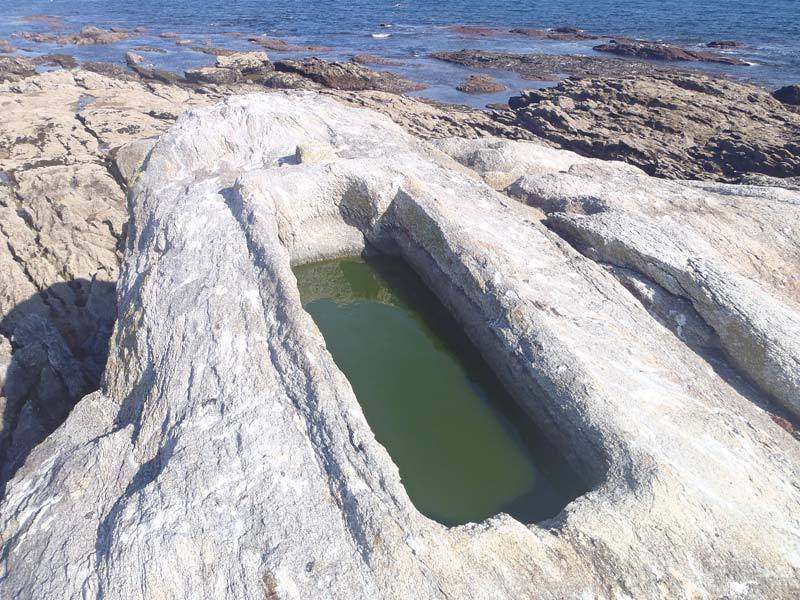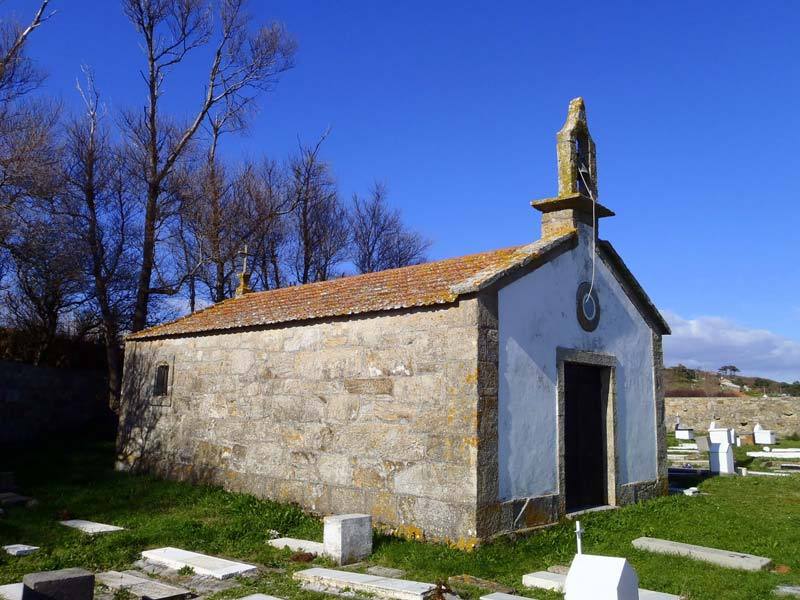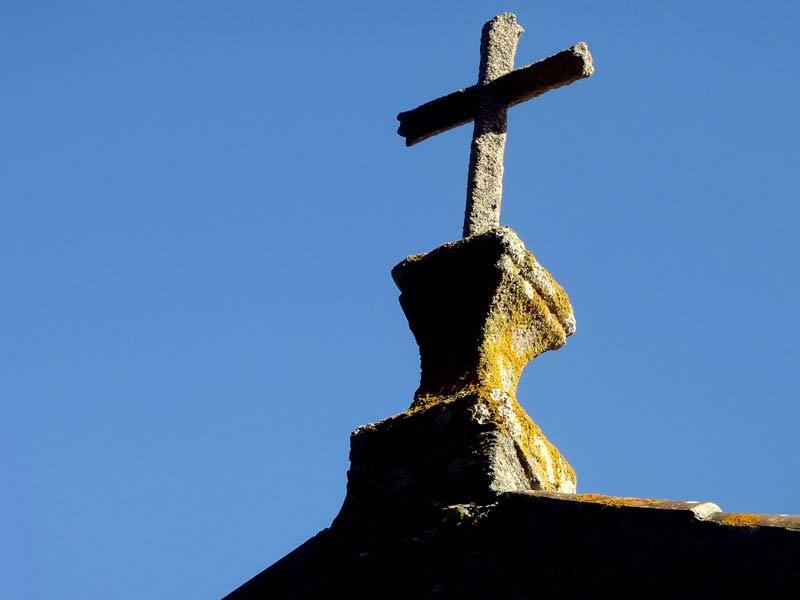From the Ancient History, in the Iron Age, there are settlements in Ons. They found shells, two axes from Bronze Age or three places with rock art, petroglyphs which represent pots, cavities and concentric circles and also a castro from the Iron Age (Moors´castle) above the neighbourhood of Canexol, on a hill without being dug and hidden in the bushes although we can perceive some trenches and defensive parapets. Under this hill we can see the Moors´cave which magically has a tunnel which cennects the island of Cairo in front of the beach of Canexol where we find remains of a salt factory from the Roman Age.
These islands are registered for the first time in the early Middle Ages (9th century), when i´s donated to the crown by the church if we assume that there is a convent and the church of San Martiño. In the late Middle Ages it existed a monastery even though what we know today is a anthropomorphic sepulcher dug in the rocks, in the small island Laxe do Crego opposite the Area dos Cans beach which we can see in low tide.
The cover which covers the sepulcher is nowadays shown in the Visitors Centre of Ons island.
In the 16th, 17th and 18th centuries the islands became the property of the Montenegro family (later Valladares family). The church gave it to them in fief and it was depopulated because of the attack of pirates and corsairs which happened during these centuries.


